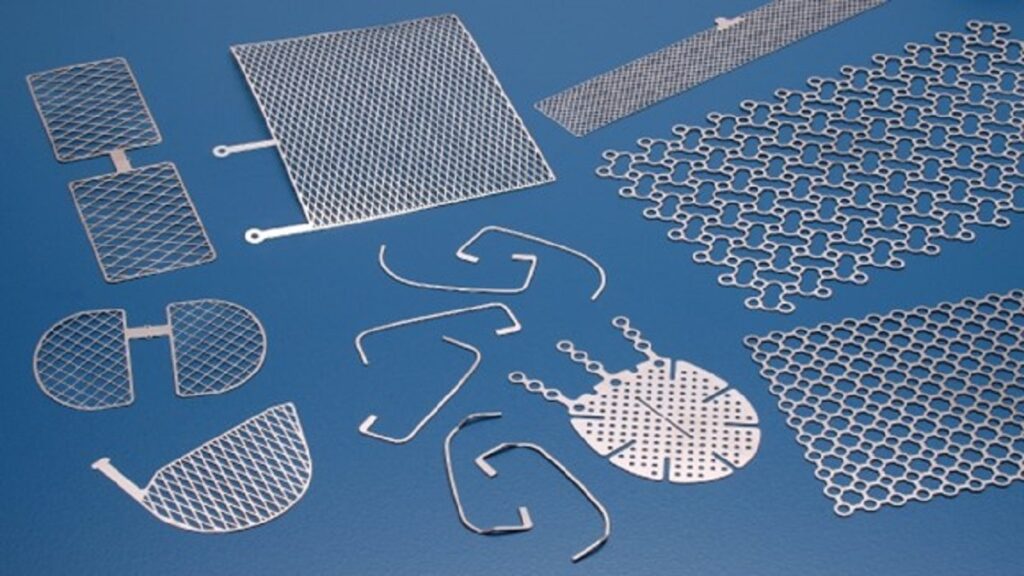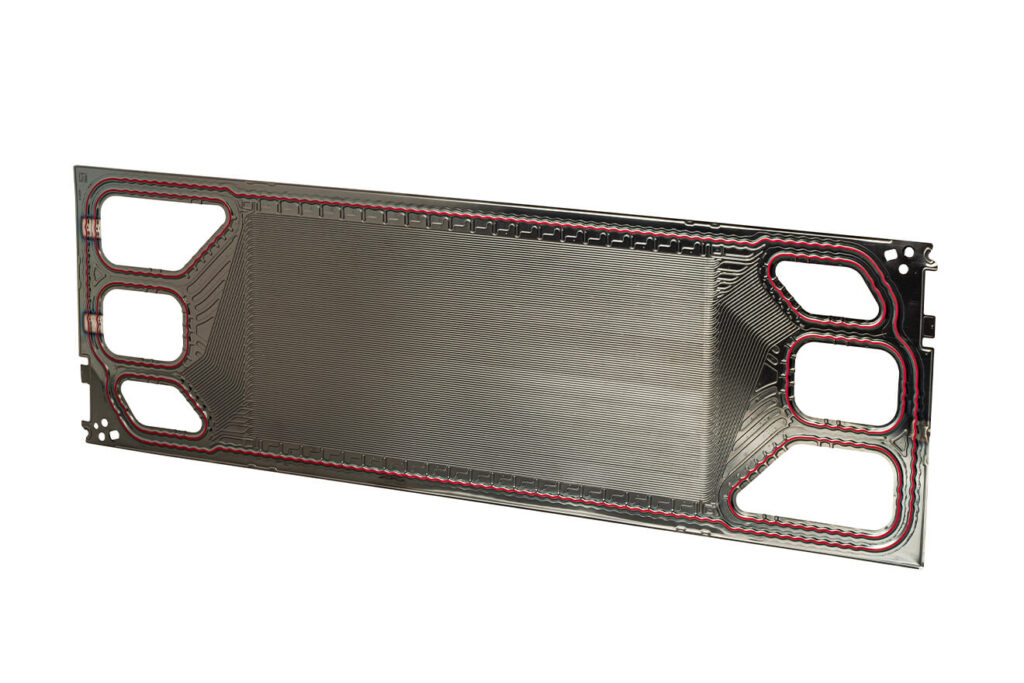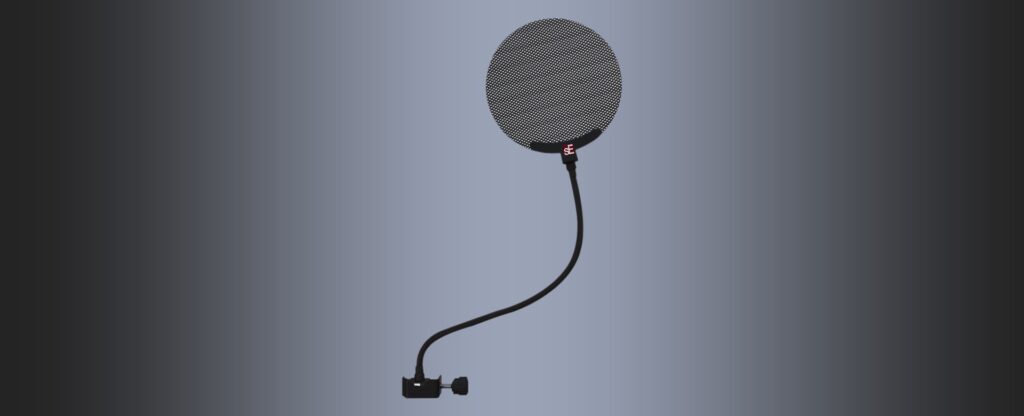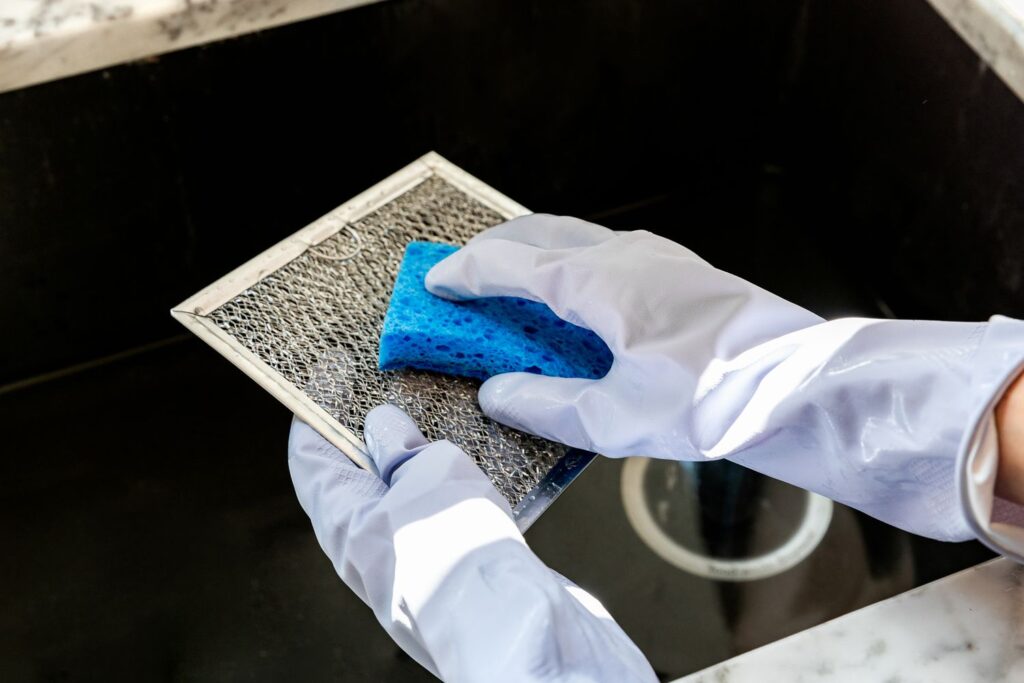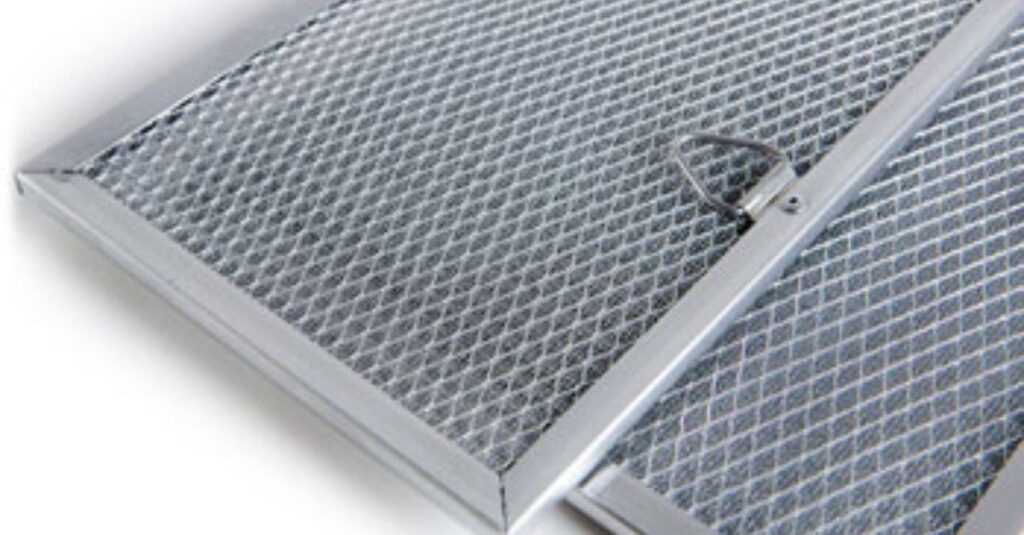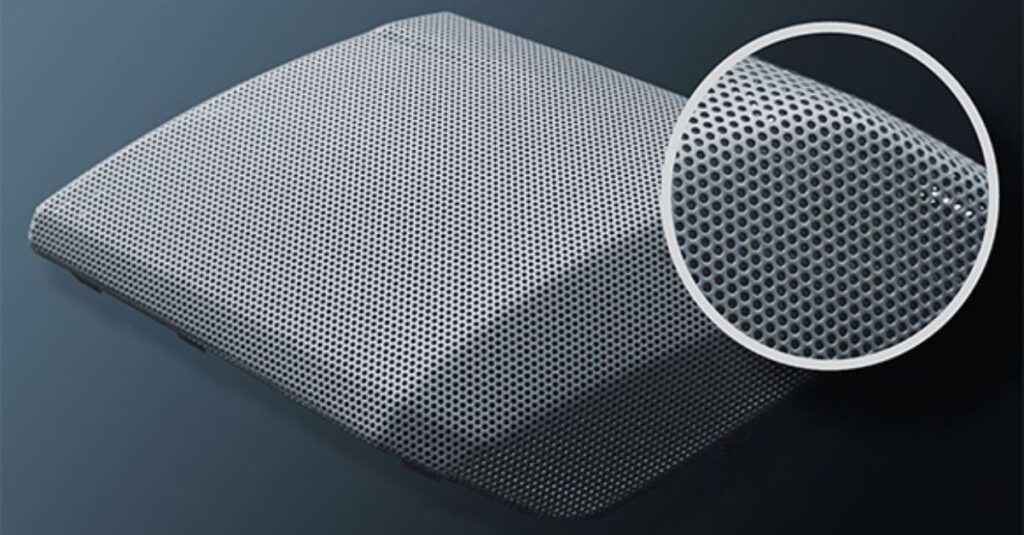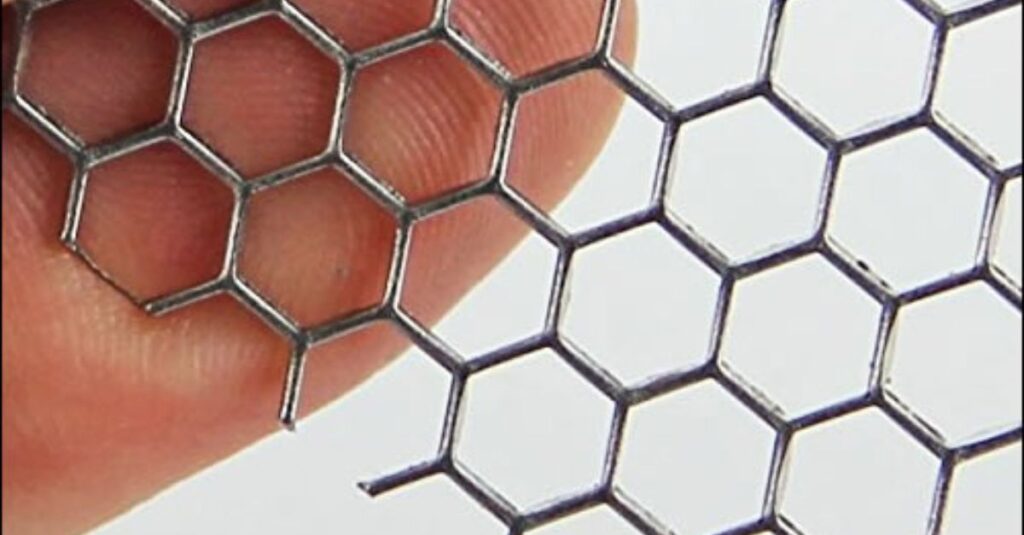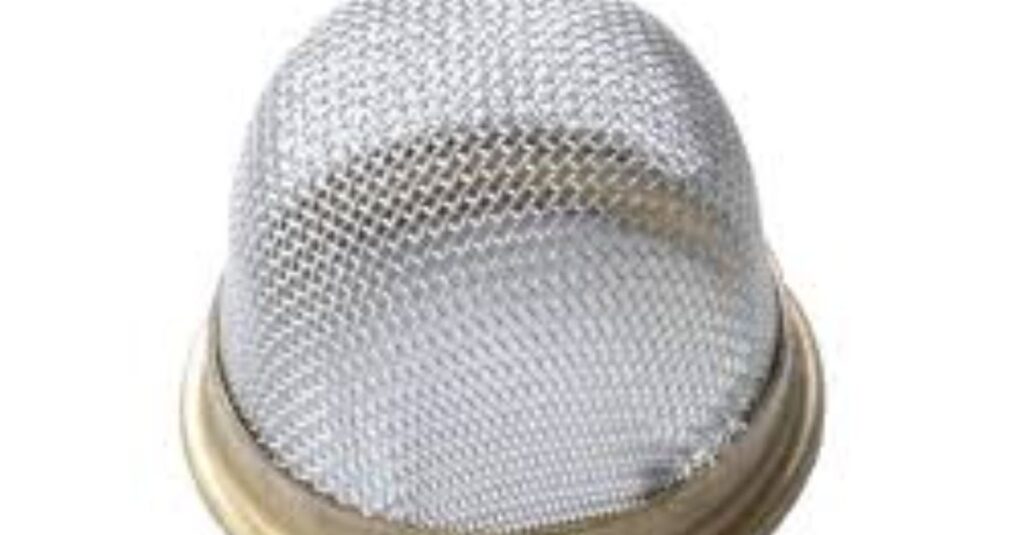Titanium Etching: Complete Guide for Precision Applications
Titanium etching has remained one of the most trustworthy processes in helping with precision results for a wide range of industries from medical to aerospace to electronics. With the titanium etching process, manufacturers can obtain highly defined patterns with great precision and by using the titanium etching machine, the production is standardized. If you’ve been […]
Titanium Etching: Complete Guide for Precision Applications Read More »

